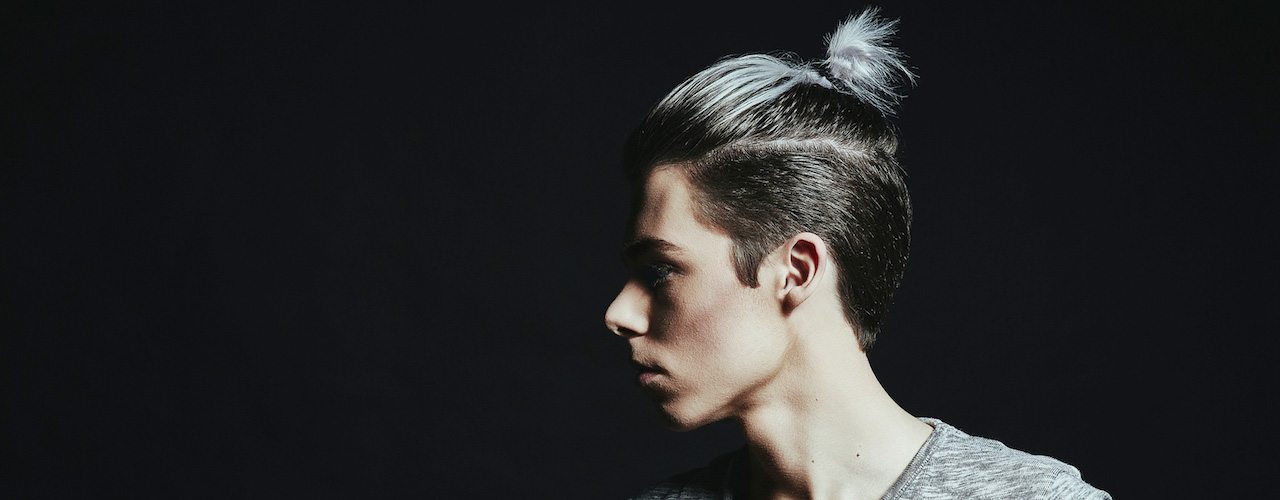On the subject of trends and gender in hospital marketing
Challenging the visual representation of patients in hospital marketing
As a creative director, I am charged with developing a brand or a service line campaign concept that is on-strategy and can translate across multiple mediums. Part of our concept process is coming up with “the big idea” and also how that idea can be visually represented. What is the attitude of the language? How does the color make us feel? What is the look of the typography? What is the photographic style? Who am I casting? What are they wearing? How is their hair done? The list, my friends, goes on and on.
The role hospitals and healthcare systems are charged with is providing care for anyone and everyone in the community, regardless of race, creed, color, gender orientation, age, etc. What becomes a challenge is developing ads and marketing campaigns for hospitals that defy visual stereotypes, push the envelope and create new ways to tell a story.
We follow the trends in creating visual content, but we also want to create the trends. Often we feel inclined to go the safer route, in fear of offending someone or stirring up a political debate. While we cover our diversity bases (white, African American, Hispanic, and Asian are usually the obvious ones) we don’t often go out on a limb and be totally inclusive.
Getty Images recently created this video on the subject of trends and how they evolve from everyday popular culture. The video points out that “Gender-blending,” which means to blur the visual body language of men and women, is an upcoming trend for stock photography.
So, as hospital marketers, are we ready to embrace a new visual language that includes the woman who looks like a man and the man that looks like a woman? Are we representing the LGBT communities? Are we ready for the Man Bun?
I am.
I’d like to dedicate this post to the LGBT and Latino community in Orlando, FL and the 49 people who lost their lives at Pulse Nightclub this week. Additionally, to the hospital and healthcare workers who came to the aid of the victims and showed dignity and grace during that time.

